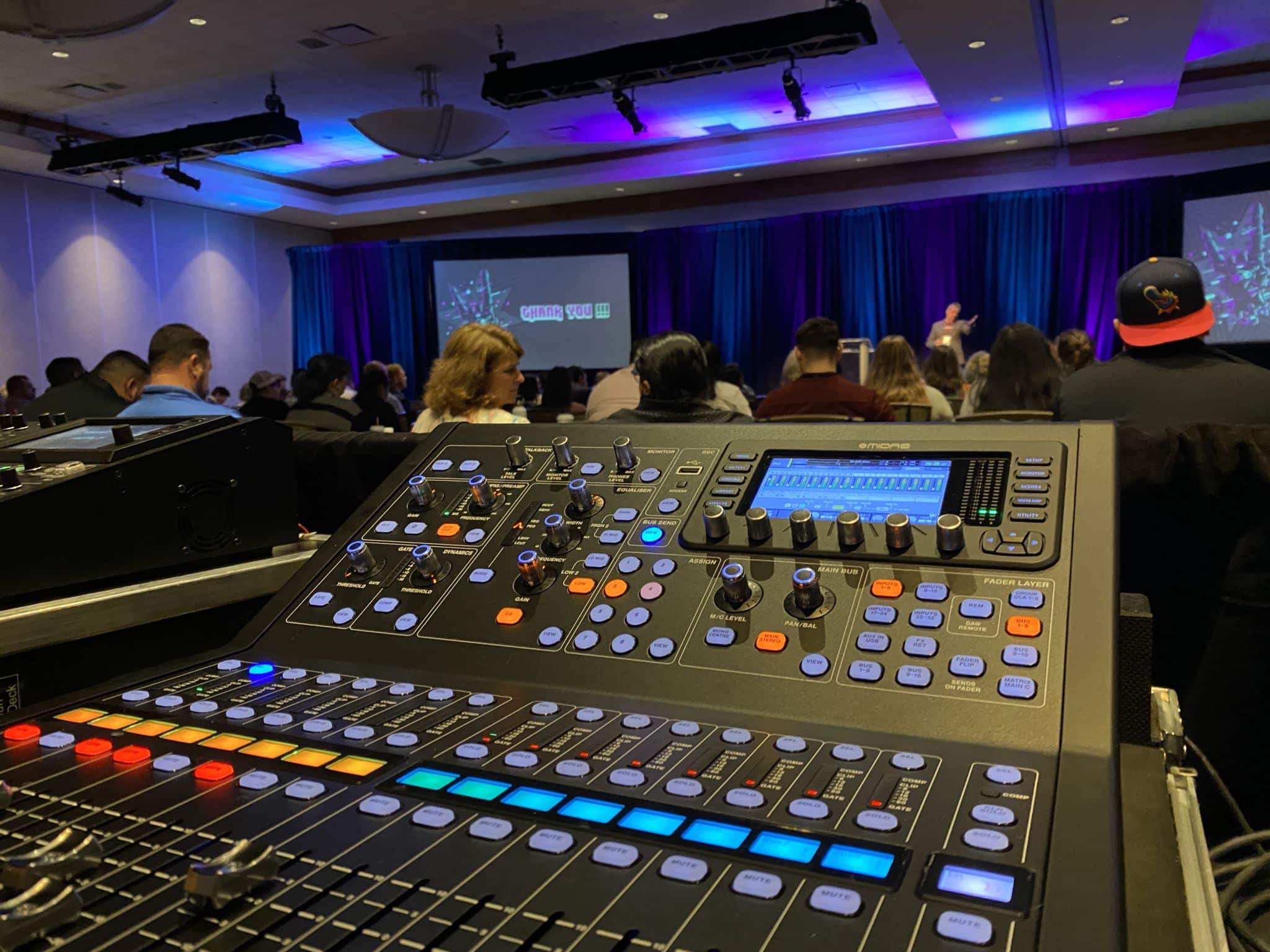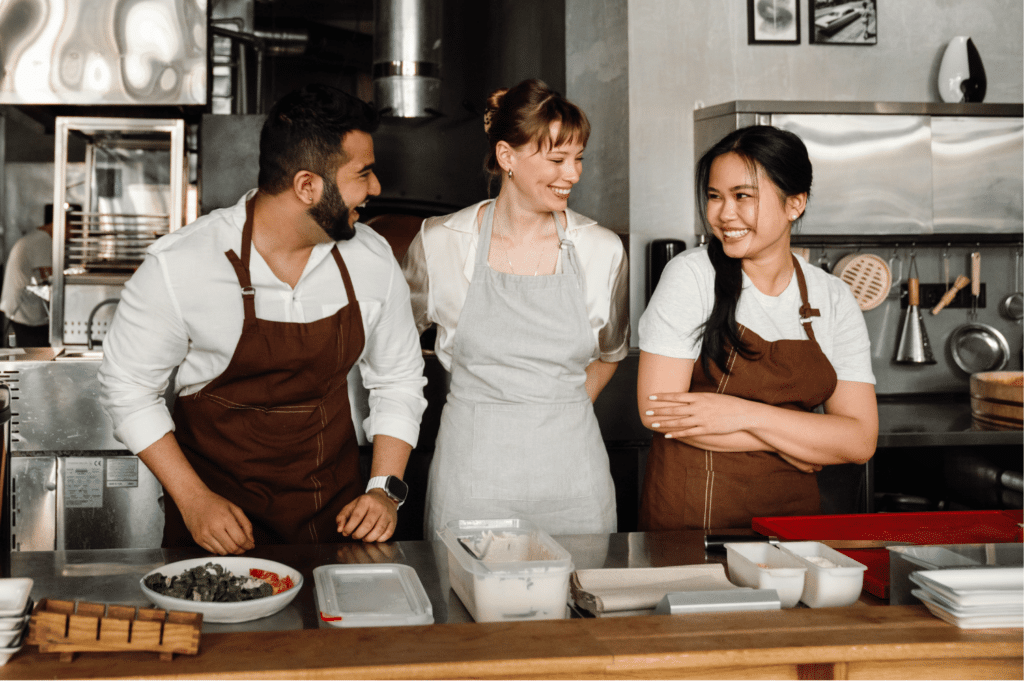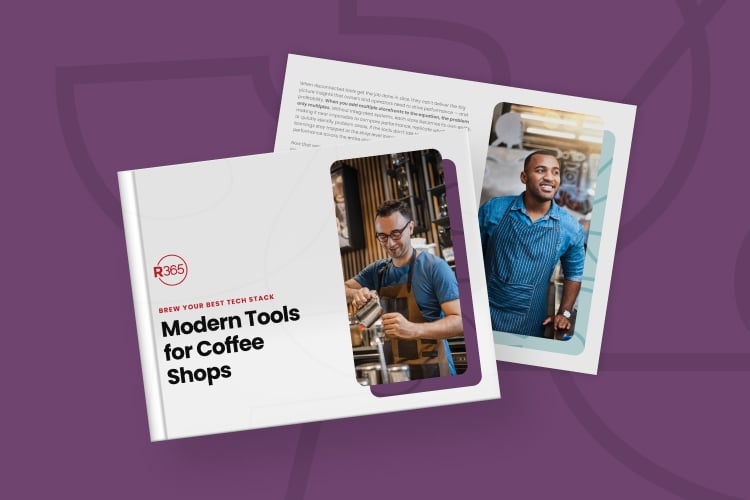After two nerve-wracking, seemingly endless years, more than 200 Restaurant365 customers, executives, and product managers gathered in Austin to reconnect, share lessons learned, and see what’s on the horizon for the restaurant technology industry, and Restaurant365’s end-to-end platform that helps operators of all sizes streamline accounting, finance, and operations.
Restaurant365’s mission is to help restaurants thrive. With so much change brought on first by the pandemic and more recently by supply chain and labor crunches, this first stop on Restaurant365’s Restaurant Transformation Tour hit the stage at just the right time. With more planned stops in cities across the country, the goal is to help industry leaders share their most pressing challenges and opportunities, and discuss how they’re using restaurant technology to meet and exceed them. Here are a few key takeaways from the day:
10. The Restaurant Industry Is Embracing Restaurant Technology
Businesses in most industries spend about 6% to 7% of annual sales on various technology to help make them better at what they do. Until recently, restaurant operators might have spent 2% of revenues on restaurant technology. That figure is on the rise, CEO Tony Smith told the crowd. “I don’t think restaurants didn’t spend on technology because they weren’t smart enough to know technology was good,” he said, “They lacked an end-to-end, cloud-based, restaurant-specific solution that would be a game-changer.” Today, the industry, Smith said, spends anywhere from one to one-and-a-half percentage points more than it did on technology a decade ago. That figure is expected to grow as drastic changes in both the industry and consumers push restaurant operators toward technology to help them both improve their operational and financial efficiency while doing a better job at reaching customers across various channels.
9. The State of Sales, Staffing, and Food Costs
Restaurant365 CEO Tony Smith shared some updates on what’s been happening across the restaurant industry based on statistics from the more than 30,000 locations using the platform. Restaurant sales fell drastically when pandemic lockdowns began in mid-March 2020. At the same time, in-store dining—which once accounted for 80% of most restaurants’ business—and takeout—which previously accounted for 20% of sales—flipped. However, things have recovered in a number of ways, and consumer demand proved vibrant, leading same-store sales to increase from 2019 to 2021.
Even as sales normalized from a raw number and locational perspective, new challenges arose. “The tough part, as we’ve seen this year, is labor cost has been up about 10% on average, and restaurants remain understaffed,” Smith said. “Food cost is up 12% for most restaurants, so you expect menu prices to increase in lockstep, but so far from what we’ve seen in our customers, menu prices on average have gone up 7%.” With revenue increases failing to keep pace with rising costs, it’s even more challenging to turn a profit, and Restaurant365 is doubling down on its efforts to ensure technology gives them the edge they need to succeed no matter the circumstances.
8. It’s Getting Better
At the end of 2019, nationwide food and beverage sales reached $864 billion. By the end of 2020, that figure plummeted to $678 billion. The good news, according to the National Restaurant Association, is that figure is predicted to recover and then some by the end of this year, rising to a projected $898 billion. “All of you are getting a piece of that pie,” Co-Founder John Moody said, “the question is how much and how much of it you can maximize from a performance perspective.” Today, maximizing performance is about using technology to enhance operations and guest experience. Perhaps it’s streamlining the in-store or delivery ordering experience or using technology to automate simple tasks reserving staff for works that’s higher touch, value, and return.
7. Partnerships Drive Revenue, Recruitment, and Retention
As the restaurant industry copes with an ongoing labor shortage, individual operators’ choice of technology partners has a far wider-reaching impact than expected. “The rising generation coming into the workforce won’t settle for bad tech or for doing things manually and having to rekey it. They want to do it on a device,” said R365 Co-Founder John Moody. “Having good tech, I would argue, will not only help you attract better employees but retain them as well.”
For the restaurant industry, having good tech means close ties with the myriad providers of technology, services, and of course, products. “There are more than 400 partners in our ecosystem,” Moody added,” and almost all Restaurant365 customers use a vendor connected to that ecosystem.”
6. Communication is Key
With so much that can happen over the course of a day and even during a shift, enabling managers to communicate with each other remotely and across shifts is the key to success. It should start early in the day, with managers reviewing the previous day’s notes, so they know what they’re walking into. Perhaps a low boy stopped working late the prior evening. Communication prevents the next day’s manager from filling it with product that could quickly spoil and erode margins. Managers can ensure all employees punched in and out at the correct times to optimize labor costs and overtime exposure. Alongside labor, any transactions and deposits can be accurately tracked and managed to ensure that both store-level and top-level management are looped into the business and can fix any problems quickly.

5. How’s Business Right Now?
Restaurant365’s intraday polling connects to more than 40 point-of-sale systems and counting. Do you know how your labor costs matched up against revenue from today’s lunch? Perhaps you just made it through the first Friday night dinner rush with the second one on the way. Can you look back to see whether you were staffed efficiently? With intraday polling, managers and restaurant operators can take the guesswork and the need for institutional knowledge out of staffing and use a data-driven system to ensure the right staffing levels at the right moment to maximize margins.
4. What Restaurant Leaders Really Need
Joe Hannon, Restaurant365’s Group Product Manager for Operations, made it simple. Restaurant leaders need three pillars: control, efficiency, and visibility. True control empowers high-level operators to decide who sees what and set guidelines for day-to-day operations while also giving store-level managers the ability to take ownership of critical functions like purchasing and recipe management. Efficiency is all about mobile. Restaurant technology must meet restaurant operators and staff where they’re at, and that’s on a device. Perhaps someone’s taking inventory in a freezer and loses service. The technology should locally save the inventory count as it’s happening and resync once that manager or cook emerges from the deep freeze. There should be dynamic to-do lists to keep everyone on task and robust notifications to ensure essential information is shared the moment it’s available. Finally, visibility is all about getting information on a location, business, or legal entity’s detailed and recent performance to yield meaningful next steps.
3. What Does The Future Hold for Restaurant Technology?
Mark Calvillo, Restaurant365’s Senior Vice President of Product and expert pancake taster (level five), offered a recap of recent enhancements to the R365 platform alongside a glimpse of the future of restaurant technology. Among the enhancements that came online was a health and safety checklist to help restaurants stay ahead on cleanliness. There was a smart labor dashboard that compares labor costs to sales, giving operators the ability to make data-driven decisions. As customers became even fonder of delivery apps, R365 gave operators the ability to look deeper into the profitability of third-party delivery providers, even down to individual menu items. There were scheduling tools that today integrate with the largest POS providers to ensure employees are clocking in and out at the right time to keep labor costs in line. And not last but not least was mobile messaging. Restaurant operators and staff have sent about 550,000 messages containing more than two million words to date. The most commonly used word, you ask? Shift.
Looking ahead, Calvillo said the entire R365 team is committed to strengthening intraday polling so operators can make better purchasing and staffing decisions, enhance financial visibility, invest in dynamic mobile experiences and workflows, foster better communication across teams and times of day, and focus on building and honing its partner ecosystem to ensure its customers can take tech full advantage of their entire tech stack.

2. Scale Your Business, Not Your Back Office
Once upon a time at Luke’s Lobster, CFO Steve Song said the plan was for restaurant staff to focus on guests and for corporate staff to deal with administrative tasks, invoices, and almost all accounting and finance work. As the New York City-based company, which today boasts a global footprint of nearly 30 upscale seafood shacks, began to grow, it quickly realized that its model required too much back-office staff. Technology was the answer. “So we pivoted and decided general managers can do daily sales summaries and process invoices, which allowed the back office to stay small,” Song said. “I have two people on my accounting team. We have 30 restaurants. We could probably triple that, and I’d maybe have to add one person.”
1. Find Your Flywheel With Restaurant Technology
Restaurant365 Co-Founder and Chief Customer Advocate Morgan Harris recalled when he and Co-Founders John Moody and Tony Smith asked themselves how to build a flywheel into R365’s business model, one in which investment and customer benefits would kick start a feedback loop that on its own generated more investment, growth, and customer benefit. They quickly realized that their flywheel depended on its customers’ flywheels. “When restaurants use an all-in-one technology solution, you eliminate redundancy, information flows seamlessly, and accuracy goes up,” Harris said. “This gives you the ability to forecast correctly, control food costs, and optimize labor, empowering you to increase store-level profits.” Increased profits allow restaurant operators to invest in guests’ experiences, staff, and operations, which, if done, lead to further operational excellence and continued growth.
Restaurant365 incorporates restaurant accounting software and restaurant operations software into an all-in-one, cloud-based platform that helps restaurant operators create efficiencies that drive profits. It includes tools for financial reporting, operational reporting, inventory control, scheduling, and more.



